Build Automation
Create Consistency and ROI at Scale
Accelerate delivery and value with build automation and continuous integration
Lower operational costs and achieve faster time-to-market by adopting efficient and consistent practices that reduce manual effort and create procedural guidelines for building, testing, and packaging application artifacts for deployment.
Increase staff productivity by freeing them from low- to no-skill responsibilities
Accelerate delivery by eliminating time consuming tasks
Improve quality by reducing opportunities for human error
Maintain a complete history that simplifies promotion, search, retrieval, and access control
Save time and money by controlling costs and project hours
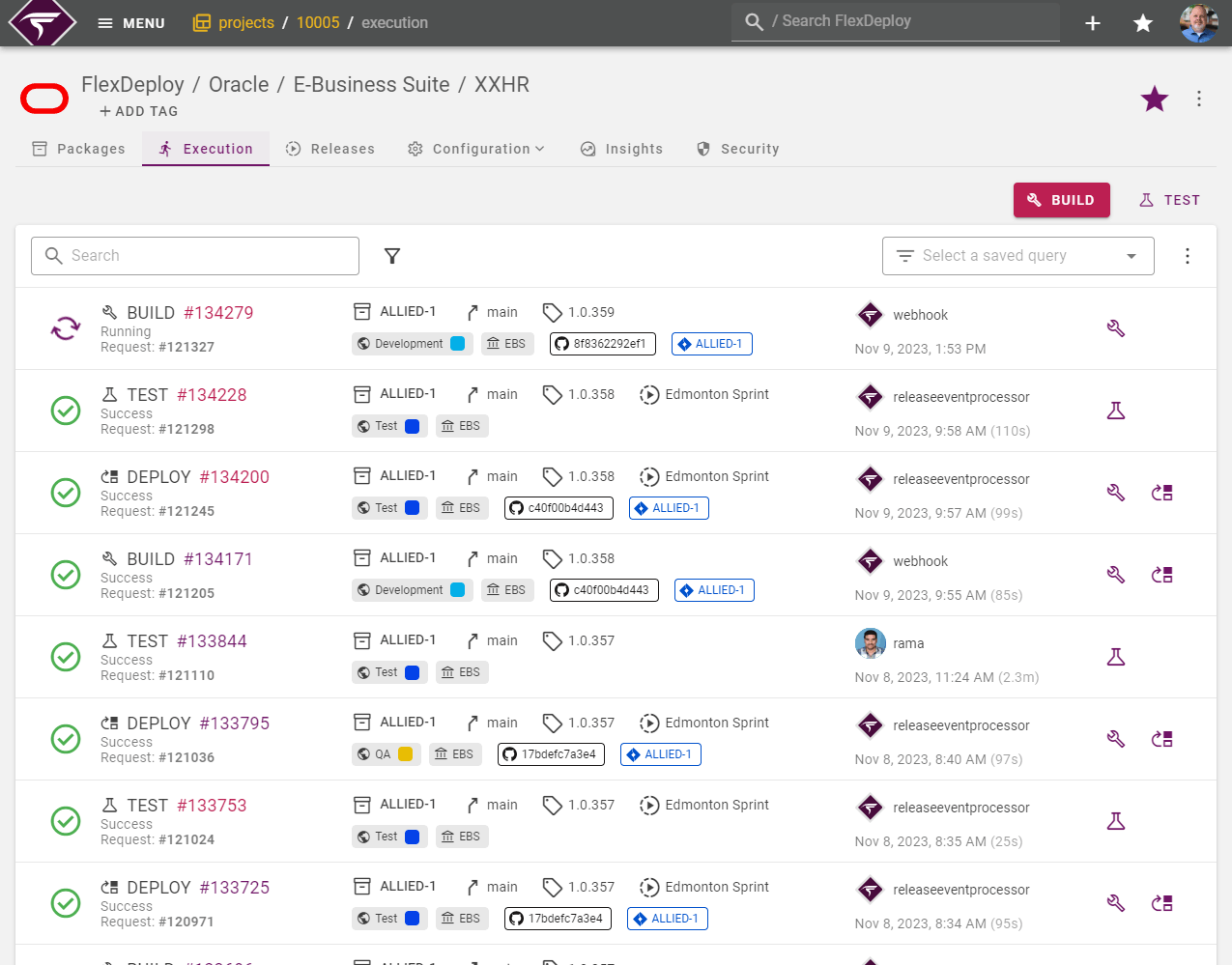
Accelerate builds
Get your software to market 8 times faster using FlexDeploy.
- Support faster application enhancement and incremental changes
- Re-use files via caching to streamline timeframes
- Reduce computation time through parallelization
- Maximize computing resources using distributed builds
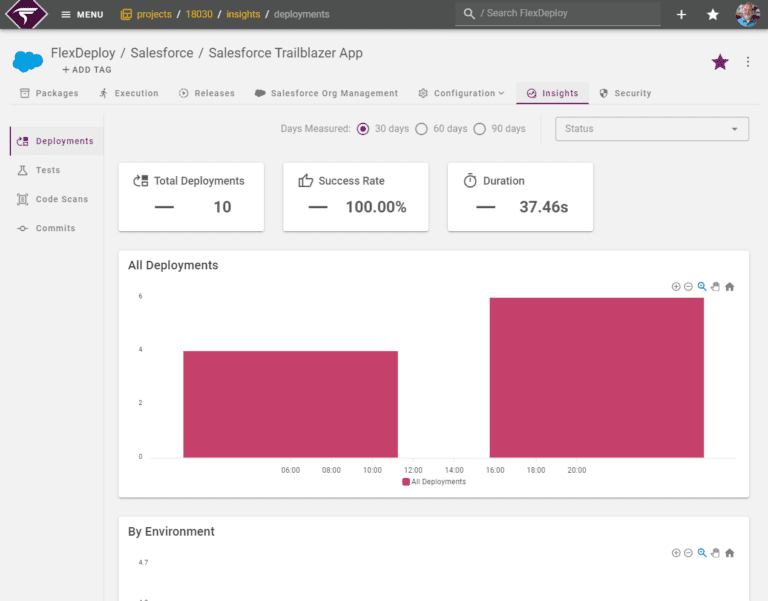
Integrate with source control
Easily store and retrieve application artifacts (code, configurations, metadata, SQL, etc.) from the source control system of your choice.
- Create storage consistency and file retrieval accuracy using automatic retrieval
- Ensure you are working with the latest source code
- Guarantee all software builds are up-to-date
- Secure builds in artifact repository
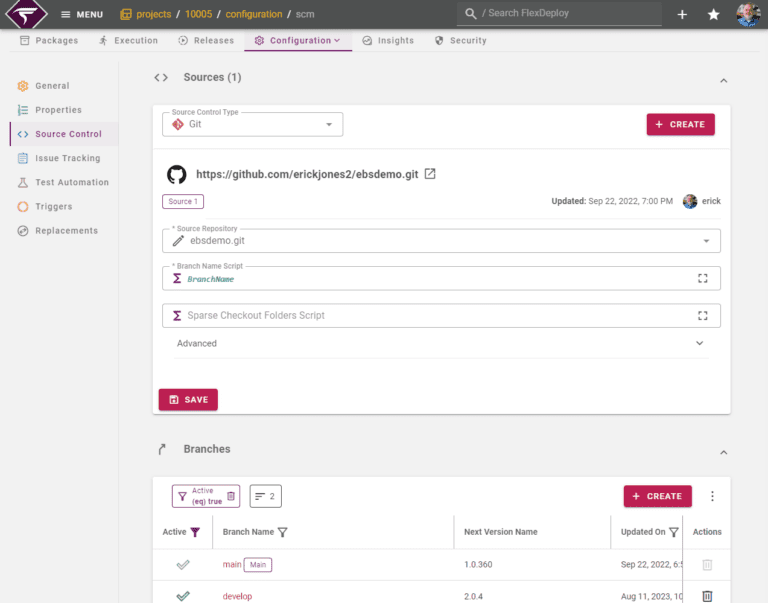
Adopt continuous integration
Empower teams with the foundation of DevOps by automating building, testing, integrating, and delivering software. You’re not doing DevOps without CI.
- Reduce staff time by automating the build process
- Mitigate software flaws by automating the testing process
- Streamline cross tool or environment functionality witth speedy integrations
- Accelerate time-to-market with faster delivery workflows
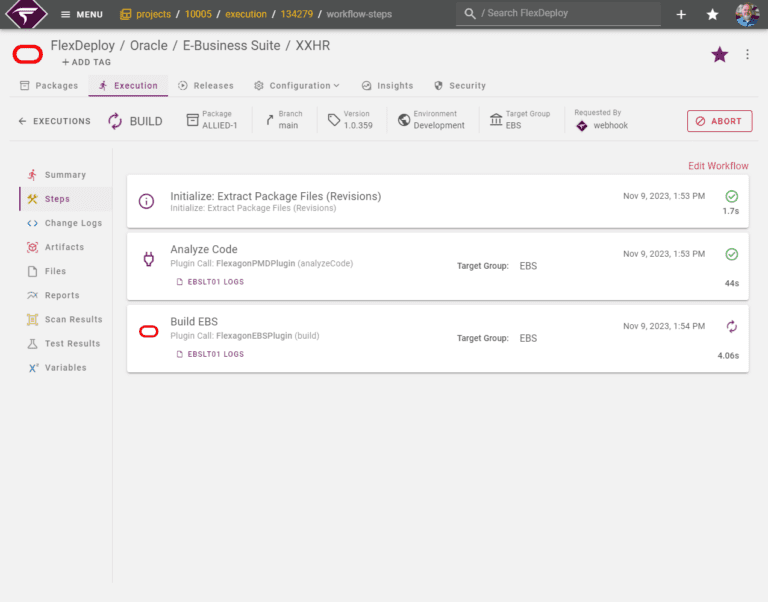
Automate testing
Avoid application failures and repair patches by building test automation into the workflows.
- Maintain quality and performance by running tests on every commit
- Choose and run your preferred test frameworks
- Verify code execution with code coverage reporting
- Benefit from pre-built interfaces that visualize trends
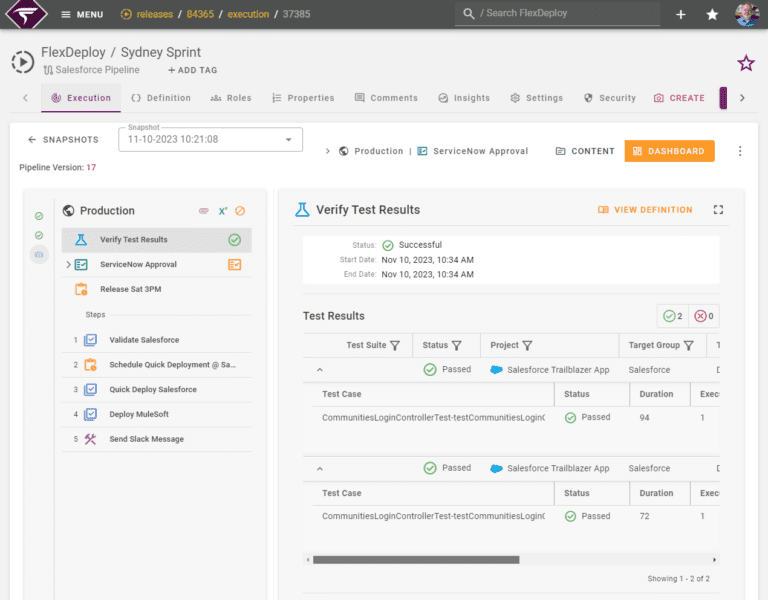
Deepen your understanding of build automation
Start Here
Build automation helps streamline the software development process by automating the building and packaging of applications.
- Understand Build Automation
- Explore FlexDeploy Build Automation Capabilities
- Set Up Your Build Environments
- Define Your Build Processes
- Configure Your Build Triggers
- Integrate with Version Control Systems
- Monitor and Analyze Build Results
Get FlexDeploy Support
Request support or find downloads by logging into the support site. If you are not a current subscriber or are an associate for an existing FlexDeploy customer, please contact us.
Flexagon also provides ongoing Professional Services to support your business system and software goals.
You are also encouraged to find solutions and offer suggestions by participating in the FlexDeploy Users Group.
Review the FlexDeploy Product Roadmap
The FlexDeploy product roadmap is maintained, reviewed, and validated against customer needs. It empowers us to innovate, meet, and exceed customer expectations.
See what’s new in the FlexDeploy Platform.
Search FlexDeploy Documentation
The FlexDeploy User Guide provides comprehensive documentation and information about using FlexDeploy. Users can browse topics, search for specific information, and gain insights into various functions and features.
Curious about what’s new? See the release notes for FlexDeploy 9.0.
Build Automation Resources
Articles
DevOps for Boomi Components with FlexDeploy
Articles
The Growing Importance of Managing Changes in Oracle Technology Environments
White Papers
Opkey + FlexDeploy Integration Overview
Articles
Streamlining Test Automation with Opkey and FlexDeploy Integration
Manage the entire delivery lifecycle from a single platform
Unify your DevOps responsibilities into an end-to-end solution that is tool and business system agnostic. FlexDeploy unifies build automation, continuous integration, artifact management, deployment automation, release orchestration, and risk management into a single solution.